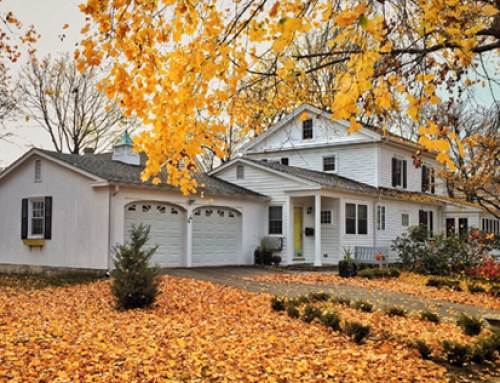
In the intricate landscape of real estate, the spectrum of home ownership structures offers diverse options, each with unique implications for homeowners. From freehold to condos, leasehold, freehold with common elements agreements, and parcels of tied land, understanding the nuances of these arrangements is essential.
S10E9 of the REAL Collective Podcast also discusses a few of these structures, to learn more you can watch on YouTube: https://youtu.be/FtjZ0DBukmE
Read on to explore each type in detail to and learn about their characteristics and differences.
Freehold:
Freehold ownership grants individuals’ complete ownership of both the land and the dwelling situated upon it. It’s often regarded as the most comprehensive form of ownership, providing homeowners with maximum autonomy and control over their property.
Key Features:
Absolute Ownership: Homeowners have unrestricted rights to use, modify, or transfer their property as they see fit, subject to local regulations.
No Ongoing Fees: Unlike condos or leaseholds, freehold properties typically do not entail ongoing fees or obligations beyond standard property taxes and maintenance costs.
Sole Responsibility: Owners are solely responsible for the maintenance, repairs, and upkeep of their property and land.
Condominiums (Condos):
Condominiums, commonly referred to as condos, are individual units within a larger residential building or complex. When you purchase a condo, you own the interior space of the unit, including walls, floors, and ceilings. However, ownership extends beyond just the unit itself.
Key Features:
Shared Spaces: Condo owners typically share ownership of common areas such as hallways, elevators, lobbies, and amenities like gyms, pools, or parking garages.
Maintenance Fees: To cover the upkeep of shared spaces and amenities, condo owners pay monthly maintenance fees to the condominium corporation.
Condo Board: The condominium corporation is managed by a board of directors elected by unit owners. This board oversees decisions related to finances, maintenance, and rules within the condominium community.
Leasehold:
Leasehold ownership involves the right to occupy and use a property for a specified period, subject to the terms of a lease agreement with the landowner or freeholder. While leasehold arrangements are common in certain regions or property types, such as apartments or commercial spaces, they come with distinct considerations.
Key Features:
Limited Duration: Leasehold agreements have a predetermined lease term, after which ownership reverts to the freeholder unless renewed.
Lease Terms: Leaseholders must adhere to the conditions outlined in the lease agreement, which may include restrictions on alterations, subletting, or use of the property.
Lease Extension or Renewal: Depending on local regulations, leaseholders may have the option to extend their lease term or negotiate renewal terms with the freeholder, albeit often at a cost.
Freehold with Common Elements Agreement:
Freehold with common elements agreement combines elements of both freehold and condominium ownership, offering homeowners individual ownership of their dwellings while sharing responsibility for common elements and amenities within a larger development.
Key Features:
Individual Ownership: Homeowners own their individual dwellings as well as the land they occupy, akin to traditional freehold ownership.
Shared Elements: Residents share ownership and responsibility for common elements such as roads, parks, recreational facilities, or utilities.
Maintenance Fees or Levies: Homeowners may be required to pay maintenance fees or levies to cover the upkeep of shared elements and services.
Parcel of Tied Land:
A parcel of tied land involves the ownership of a specific dwelling and the parcel of land it occupies, often within a managed community setting such as retirement communities or mobile home parks.
Key Features:
Land Ownership: Residents own the dwelling (such as a mobile home) as well as the parcel of land it occupies.
Community Management: The community may have management regulations or fees in place to maintain common areas, utilities, or services.
Limited Mobility: While residents own their homes and land, the mobility of the dwelling may be restricted by community rules or agreements.
Whether opting for the autonomy of freehold, the convenience of condos, the flexibility of leasehold, or the hybrid models in between, understanding the intricacies of each type is vital. By navigating these distinctions thoughtfully, homeowners can make informed decisions aligned with their needs and aspirations in the dynamic landscape of real estate. Questions? Please get in touch with the REAL Collective team any time at 1-888-REAL-585, we’d be happy to help!
For more valuable real estate related tips, you can check out the REAL Collective Podcast on iTunes, Spotify or YouTube.





